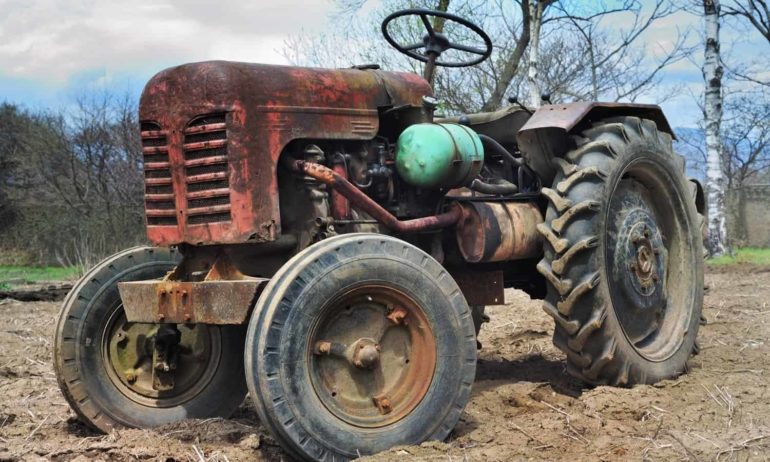Farm equipment is expensive. A tractor can cost more than US$100,000. Farmers have been tinkering, fixing, repairing, and innovating their equipment for a long time. But new and modern equipment tends to require service from the manufacturer, which is expensive. So farmers are creating their own innovative solutions and technologies. Ag forums, crowd sourcing, ag accelerators, and farmer-founded start-ups are finding new life and a place in the market.
Here are solutions supporting small and medium-sized farms.
In Chicago, IL, 640 Labs is an organization helping provide farmers with the technology to track the data that comes from their farm machinery via the 640Drive. The device plugs into a standard diagnostic port of any farming equipment and uploads data to a cell phone or tablet so farmers can see, in real time, how machines are operating. It tracks planting, application, harvest, and tillage. This information has traditionally been not collectable or required farmers to enter data manually. The automatically-uploaded information is stored in the 640 Labs platform, and is kept there for years so farmers can reference historical data and analyze it compared to current operations.
FarmLogs, a farmer-founded company based in Ann Arbor, Michigan, helps farmers track important information. Using satellite images, FarmLogs maps farmers’ land to help them stay organized. The system has 10 years of rainfall history embedded, and farmers can check the current rainfall without having to go to their field. The technology also helps farmers know when crops are under heat stress. The information is cloud-based and synced in real-time so the whole farm team is able to see up to date statistics.
Farm Hack is an open-source community for farmers to share knowledge and innovation. Community members share their homemade innovations in the Farm Hack forum. The user WiM shared a farmbicycle that manages weeds, planting, and harvesting. Another user, Emily Hanson, submitted a prototype for a garden-swing-powered water pump that is able to pump 3 liters of water per minute. And user pjenkins showed community members how to build a wheel hoe from old bike parts. These are low-cost solutions to challenges farmer face around the world.
Farm Show is a crowdsourced magazine that has compiled more than 25,000 farmer-made inventions and ideas. Farm Show puts together stories on the best and worst products purchased by farmers, allows farmers to submit “made it myself” innovations, and share money, saving, repairs, and maintenance shortcuts. A yearly subscription costs US$23.95.
In India, Digital Green uses technology to support agriculture, health, and nutrition. Working with existing extension programs, Digital Green uses an ICT-based approach to exchange information. They capture innovative practices in different village,s and share the solutions with rest of the world using video. The video equipment is low cost, durable, and easy to use, according to Digital Green. The production team, made up of 4-6 community members, captures the agricultural or health innovation in an eight to ten minute video, then screens the video in small community groups to disseminate the information.
In Kenya, M-Farm is a technology tool for smallholder farmers to receive information on the retail price of their products. Farmers use SMS to buy farm inputs from manufacturers and connect to markets. M-Farm was founded by three women – Jamila Abass, Susan Eve, and Linda – who won a 48-hour bootcamp competition. Members can access market information and post in the online marketplace.
OneWorld South Asia is using mobile phones and voice technology to provide relevant farming information to more than 150,000 households in 1,000 villages. The program, LifeLines Agriculture, allows farmers, especially those that are illiterate, to use telephone kiosks or cell phones to call and ask questions. Then the farmer calls back within 24 to 72 hours to receive the answer to their question. More than 460,000 questions have been answered with the help of Field Coordinators.













